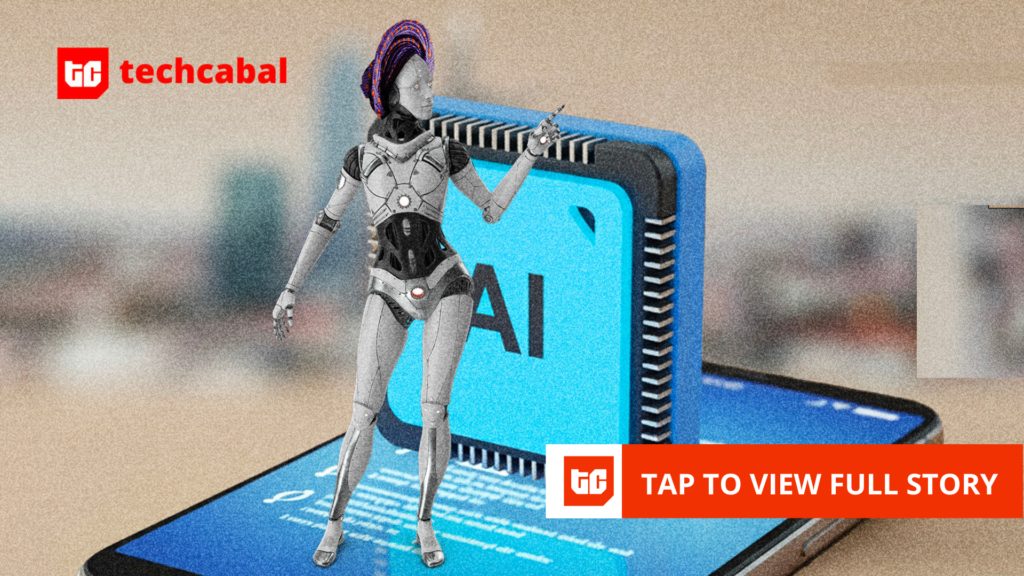The mobile development landscape is undergoing a significant shift as enterprise applications move beyond traditional touch-based interfaces. While consumer mobile apps continue to prioritize visual engagement and screen-based interactions, enterprise mobile development faces unique challenges that require fundamentally different approaches. Field workers, technicians, and service professionals need applications that function when hands are occupied, attention is divided, and environmental conditions make traditional mobile interfaces impractical.
Building Mobile Solutions for Real-World Enterprise Use
To understand how mobile developers are addressing these challenges, we spoke with Mara Dimofte, a software engineer expert who has worked at leading companies such as Rilla and Imagen Technologies. Dimofte brings extensive mobile development expertise to enterprise AI applications, with a background in brain-computer interfaces and virtual reality research from Columbia University. She previously worked at imaging diagnostics company Imagen developing mobile AI-enhanced systems before joining Rilla, where she grew the engineering team from five to fifteen members and led a comprehensive rebuild of the company’s mobile application. Her work focuses on transforming traditional mobile interfaces into hands-free solutions that deliver measurable business results, with her mobile development philosophy emphasizing real-world field conditions over idealized use cases.
The Mobile Development Challenge in Enterprise
Many enterprise mobile applications fail to address the realities of field-based work environments. “The fundamental issue is that most mobile enterprise apps are essentially responsive web interfaces; they’re designed for office environments where users have full attention and both hands free,” notes Dimofte. Traditional mobile interfaces assume workers can stop what they’re doing to tap screens, navigate menus, or input data, assumptions that break down in hands-on work environments.
The core mobile development challenge isn’t processing power or connectivity, it’s designing interfaces that work when users can’t look at screens or use their hands for input.
Mobile Architecture for Hands-Free Operations
Dimofte’s mobile development approach at Rilla demonstrates how to build applications that function in real-world conditions. The rebuilt mobile application achieved 10% increases in client sales performance alongside tenfold improvements in coaching efficiency by prioritizing voice-first interactions and contextual data capture.
“The key architectural decision was implementing a state management system that could handle intermittent connectivity while maintaining real-time voice processing,” Dimofte explains. Her mobile development strategy focuses on reducing cognitive load through intelligent defaults, voice commands, and automated data synchronization that works seamlessly across different network conditions.
Engineering Mobile Solutions for Adoption
Successful enterprise mobile development requires rethinking fundamental assumptions about user interaction. Rather than adapting desktop interfaces for mobile screens, effective solutions are built from the ground up for mobile-first, hands-free scenarios.
As Dimofte notes, “Most mobile developers optimize for app store demos, but enterprise users need applications that work reliably in poor lighting, with gloves on, or while their attention is divided. That requires fundamentally different UI/UX decisions.” This perspective drives mobile development decisions that prioritize user adoption over feature complexity, ensuring applications solve actual problems rather than showcasing technical capabilities.
The Future of Enterprise Mobile Development
Mobile development is shifting toward voice-first architectures that integrate AI for contextual understanding and predictive functionality. Dimofte envisions mobile applications that become invisible tools, enhancing productivity without requiring constant user attention.
“The next evolution in enterprise mobile is contextual computing, applications that understand not just what users say, but when and where they say it, adapting functionality based on location, time, and work context,” she explains. The future of enterprise mobile development lies in creating applications that adapt to how people actually work, rather than forcing users to adapt to technology constraints.









